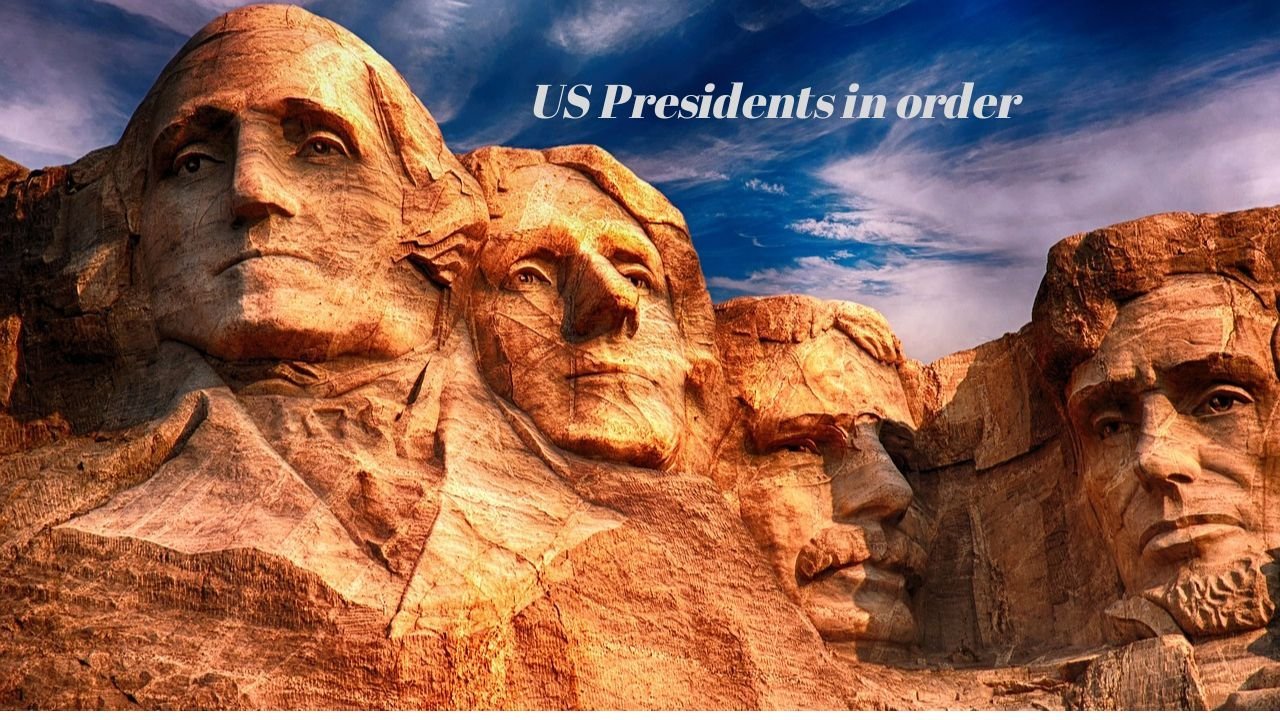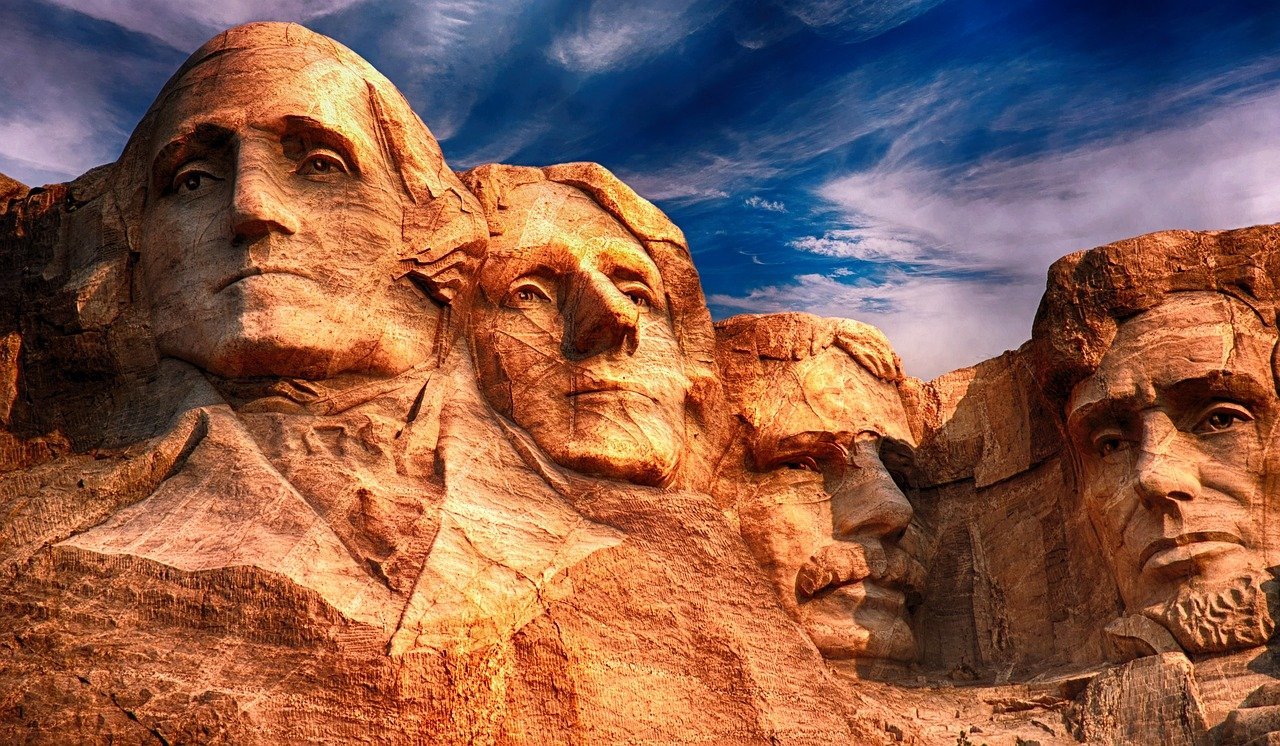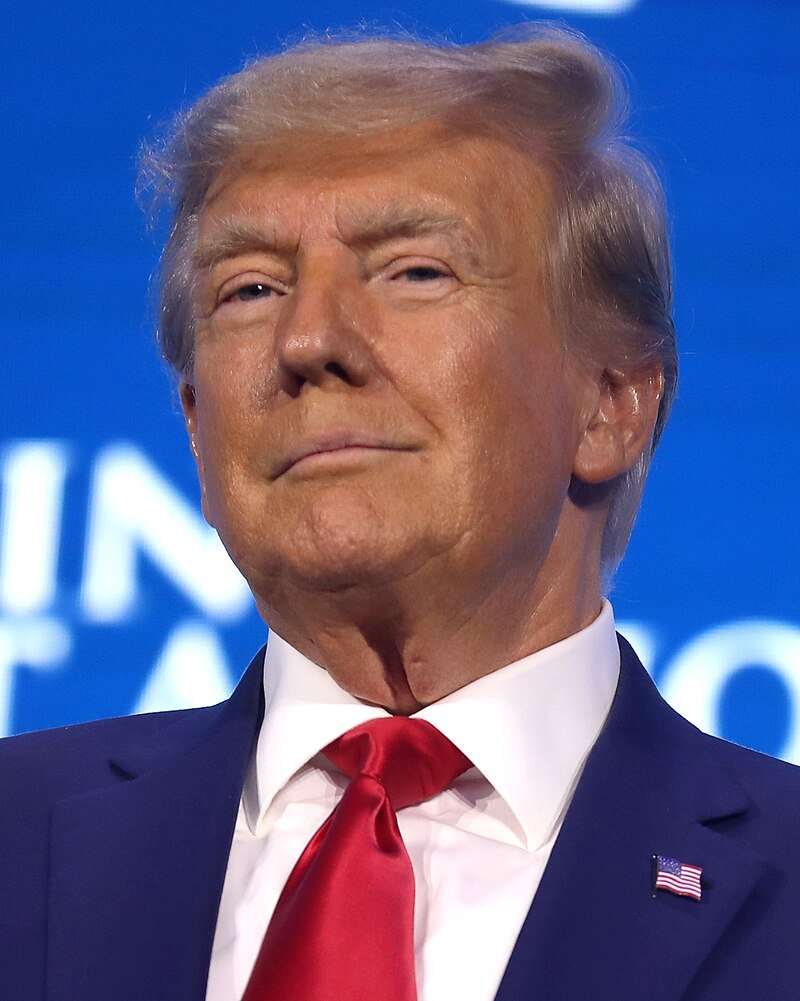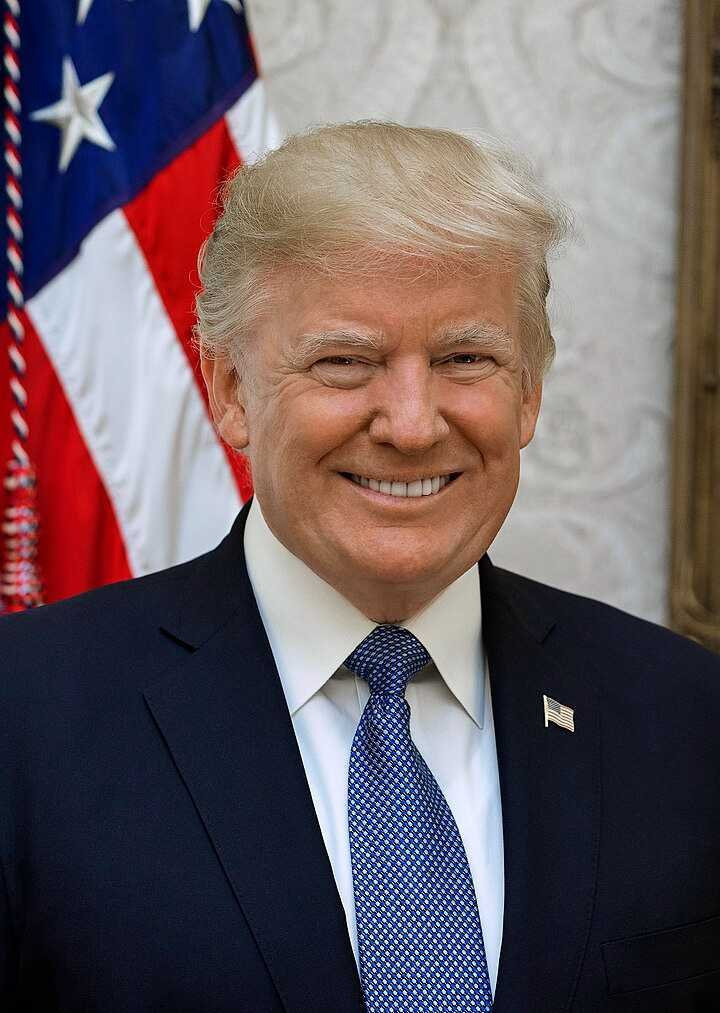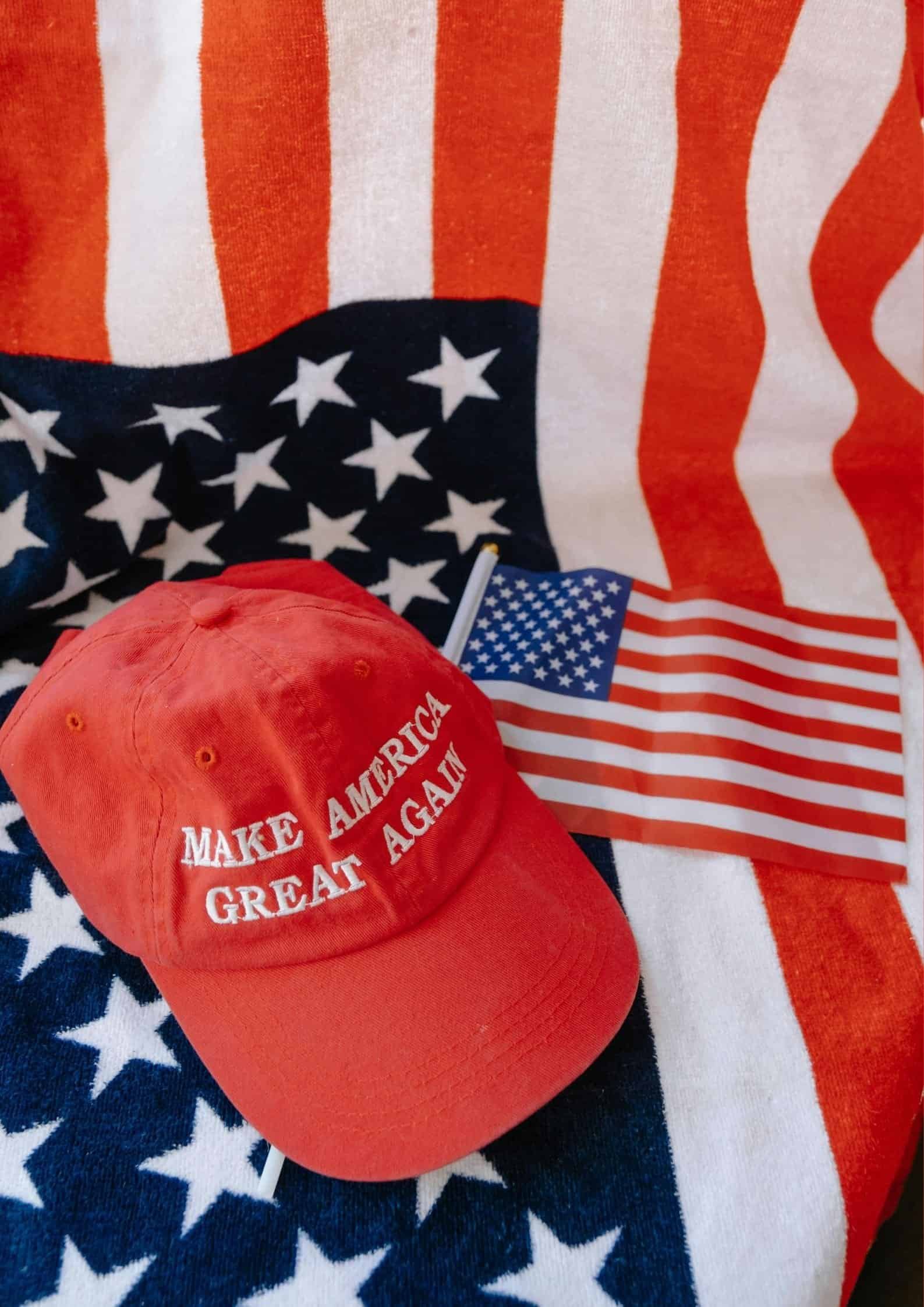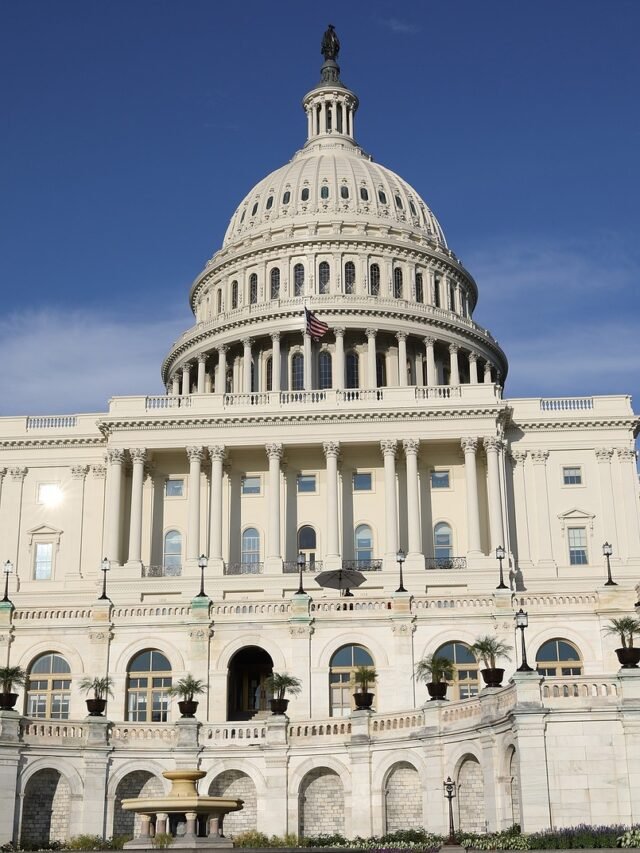Political Landscape of US

The political scene in the US is dynamic and dependent upon future developments. Here are a few key viewpoints that by and large describe the U.S. political scene:
Two-Party Framework: The US hosts a prevailing two-gathering framework, with the Leftist faction and the Conservative Faction being the two significant ideological groups. While there are outsiders and free movers, the political impact of the leftists and conservatives is huge.
Polarization: The nation has encountered an elevated degree of political polarization lately, with profound divisions among liberals and conservatives on different issues. This polarization is apparent in both the electorate and among chose authorities.
Demographics and Diversity: The U.S. is becoming more ethnically and culturally diverse, and this diversity is reflected in its political landscape. Issues related to race, immigration, and social justice have become central in political discourse.
Urban-Rural Divide: There is a notable urban-rural political divide, with urban areas often leaning Democratic and rural areas more likely to support Republican candidates. This divide is associated with differences in values, economic priorities, and social issues.
Role of Media and Technology: The media landscape, including social media, plays a significant role in shaping political opinions and influencing elections. The rise of digital platforms has also changed the way political campaigns are conducted.
Election System: The U.S. uses a federal system where elections are held at the national, state, and local levels. The President is elected through the Electoral College, which has been the subject of debate and reform discussions.
Policy Issues: Major policy issues include healthcare, the economy, climate change, immigration, social justice, and foreign policy. The public’s priorities and political emphasis can shift over time.
Political Activism: There has been an increase in political activism and engagement, with movements advocating for various causes such as environmental protection, women’s rights, racial justice, and LGBTQ+ rights.
Role of Generations: Different generations, such as Millennials and Generation Z, have unique political views and priorities. As younger generations become a larger portion of the electorate, their influence on political dynamics is likely to grow.
Tags:

William Tailor is a talented blogger well versed in political content, and he’s known for his analysis and appealing comments on the historical and current political scenarios. With a detailed approach and liking for uncovering intricate political landscapes while addressing the contemporary issues. He aims to offer a thought-provoking perspective to the readers and unravel the truth. His consistent and convincing storytelling mixed with factual data makes him a popular choice for readers who want to stay in loop with the dynamic political situations.











